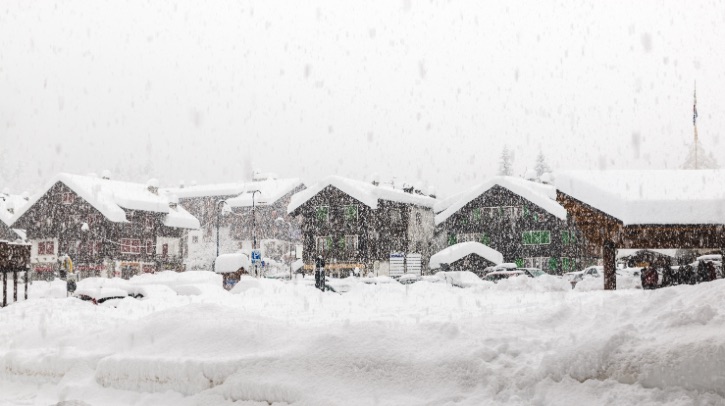A study led by researchers at the National Centre for Atmospheric Science (NCAS) has found that forecasts of European winter weather patterns are more accurate during years of strong El Niño or La Niña events.
Forecasting winter weather in Europe
The study, published in Geophysical Research Letters, examined the skill of seasonal forecast systems in predicting two key atmospheric patterns that shape winter weather in Europe – the North Atlantic Oscillation (NAO) and East Atlantic Pattern (EA).
The research team analyzed 30 years of winter forecasts from seven different prediction systems used across Europe and North America and archived by the ECMWF Copernicus Climate Change Service. By looking at which winters were predicted well or poorly across multiple systems, they were able to identify common factors influencing predictability.
The researchers found that the ability to predict these patterns varies greatly from year to year. Some winters are much more predictable than others, depending on conditions in other parts of the world. The study shows that when strong El Niño or La Niña events are occurring, weather forecasters can place more confidence in long-range predictions for the coming winter.
In contrast, when El Niño-Southern Oscillation (ENSO) neutral conditions were present, it was more difficult for forecasters to predict what sort of weather Europe would have in December, January and February.
The study also revealed that unusual conditions in the upper atmosphere over the Arctic can make European winters harder to predict. When sudden changes occur in these high-altitude wind patterns, forecast systems often struggled to anticipate the impacts on the weather at ground level.
The importance of seasonal forecasts
Dr Laura Baker, lead author of the research at the NCAS and University of Reading, said, “Understanding when seasonal forecasts are likely to be more or less reliable could help everyone from energy companies planning for winter demand to government agencies preparing for potential weather-related emergencies. Our findings could help to improve long-range winter forecasts in other parts of the world, as well as Europe. As climate change continues to alter global weather patterns, research like this plays a crucial role in improving our ability to anticipate and prepare for future winter conditions.”
In related news, the National Oceanography Centre (NOC) has published a study in Communications Earth and Environment on the long-term changes in storm patterns across Europe. Click here to read the full story.



